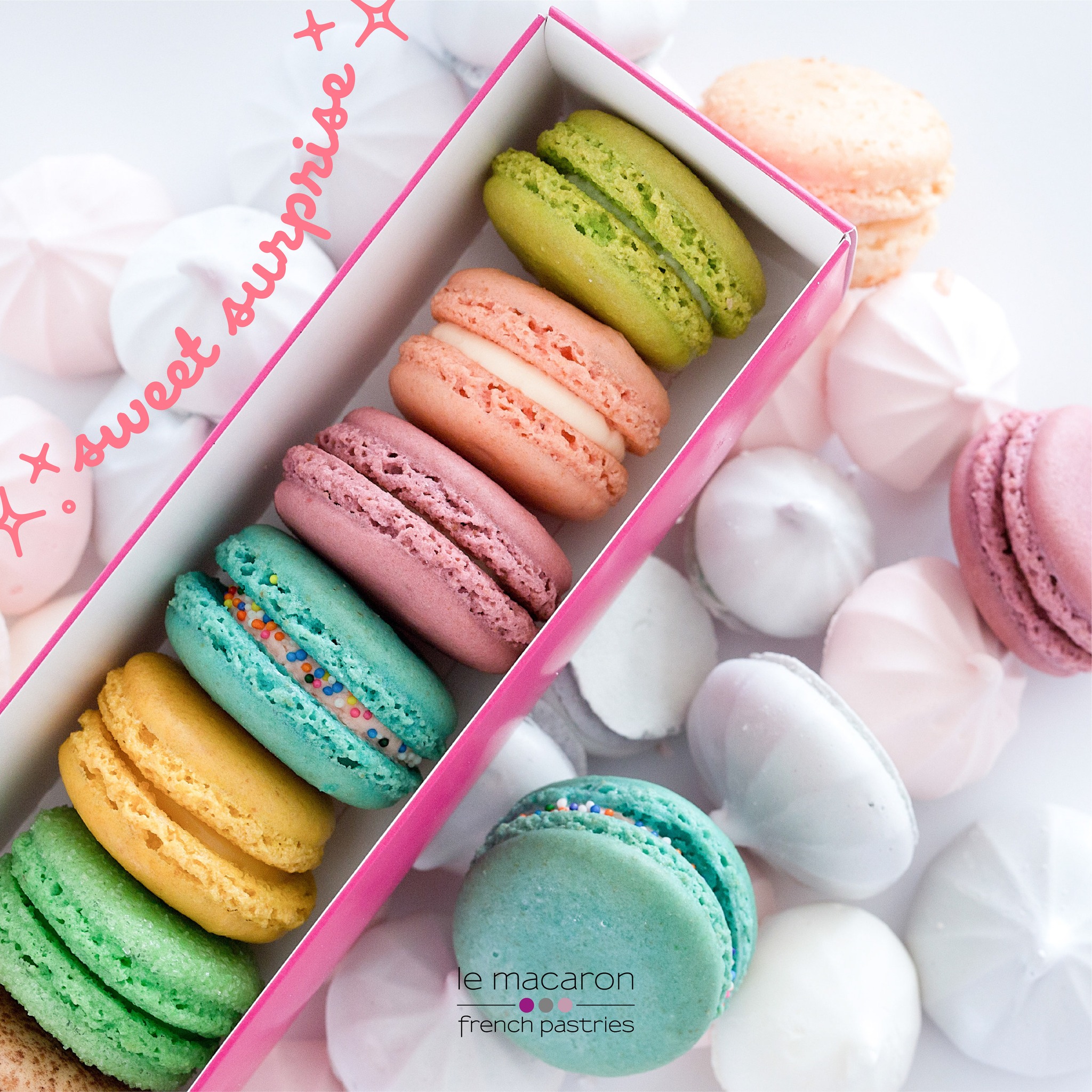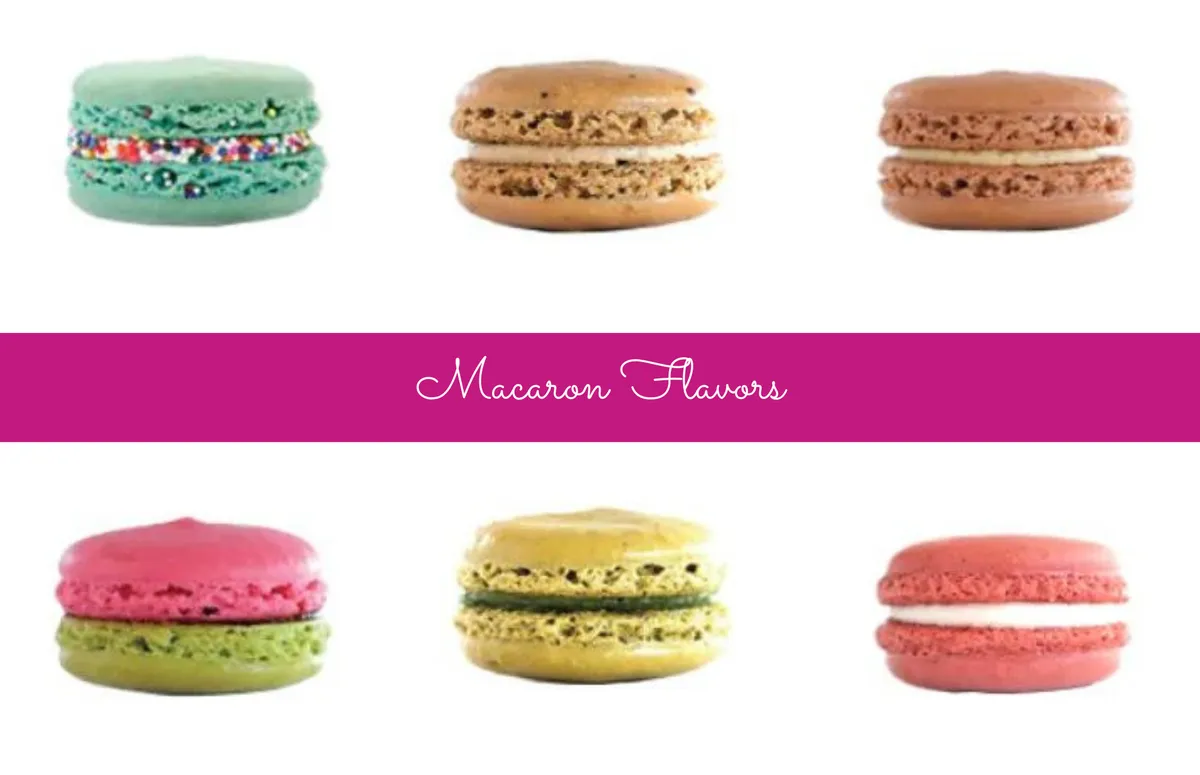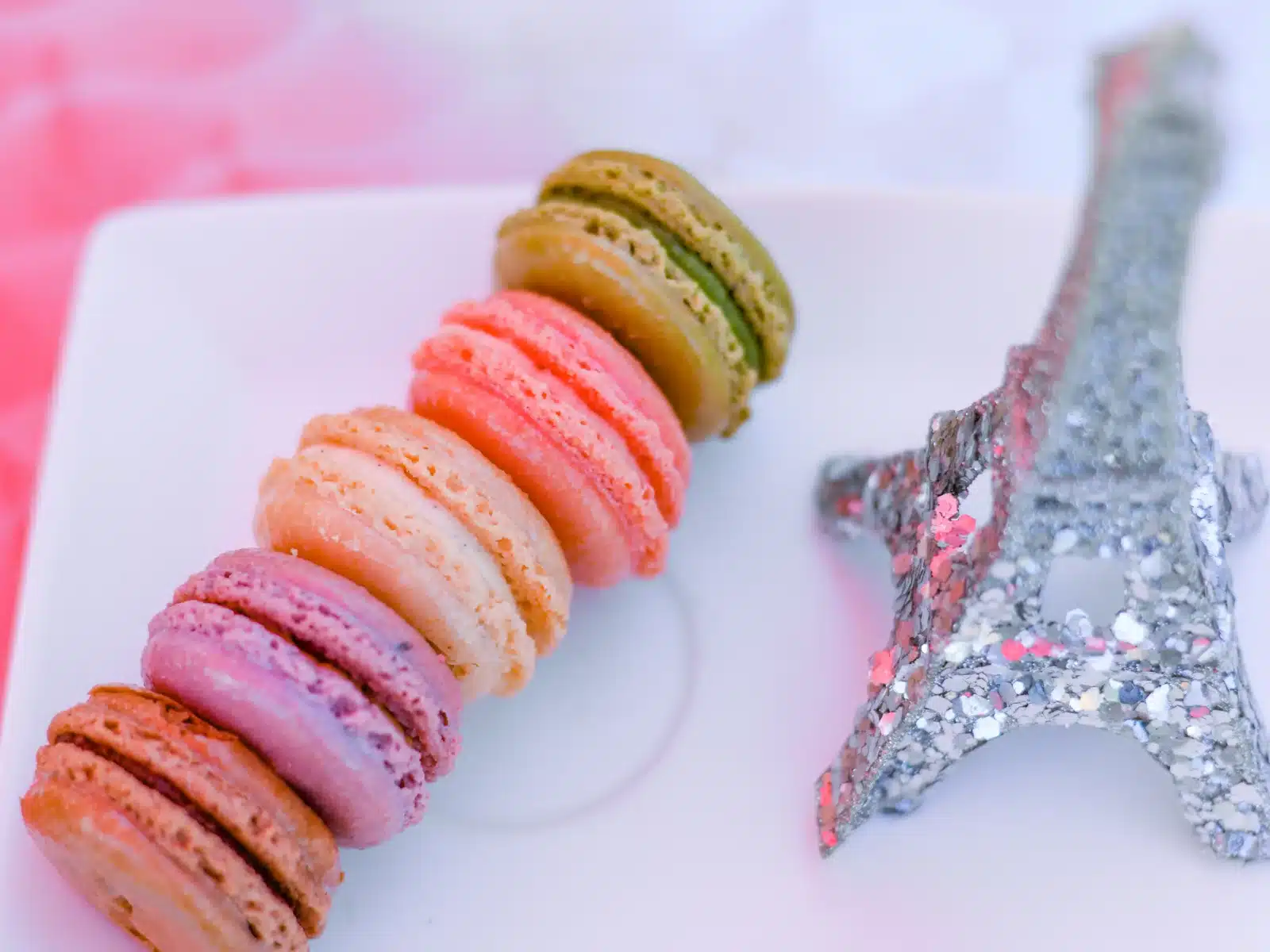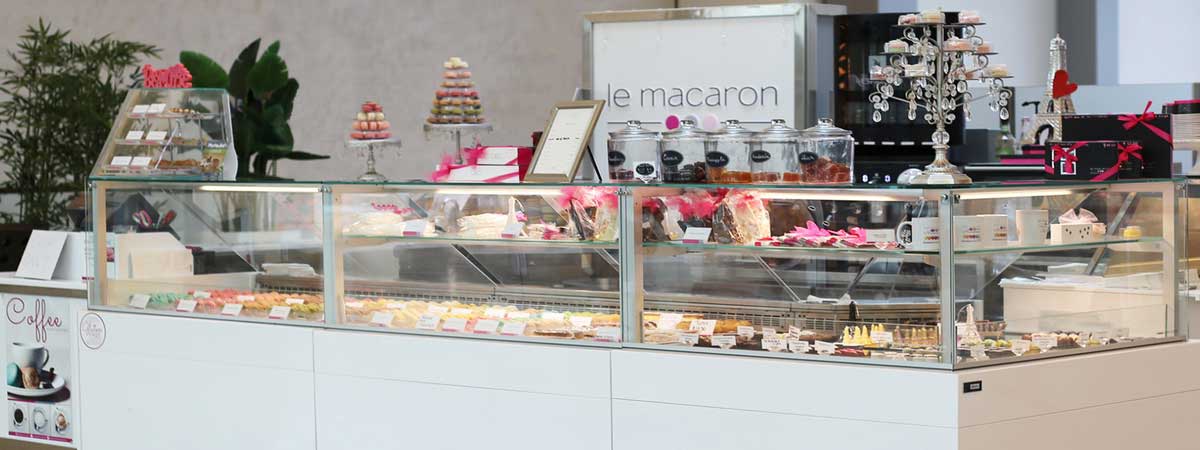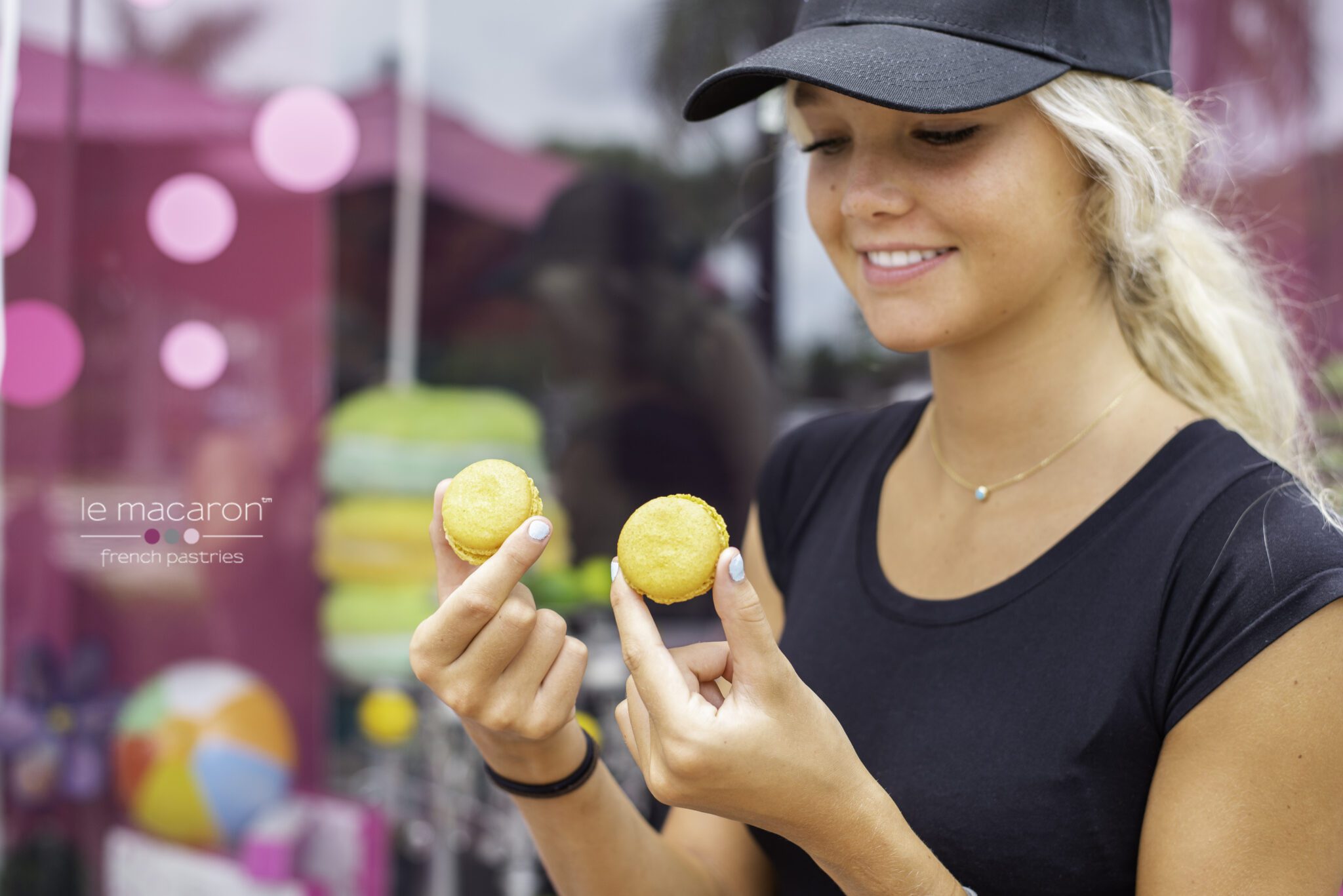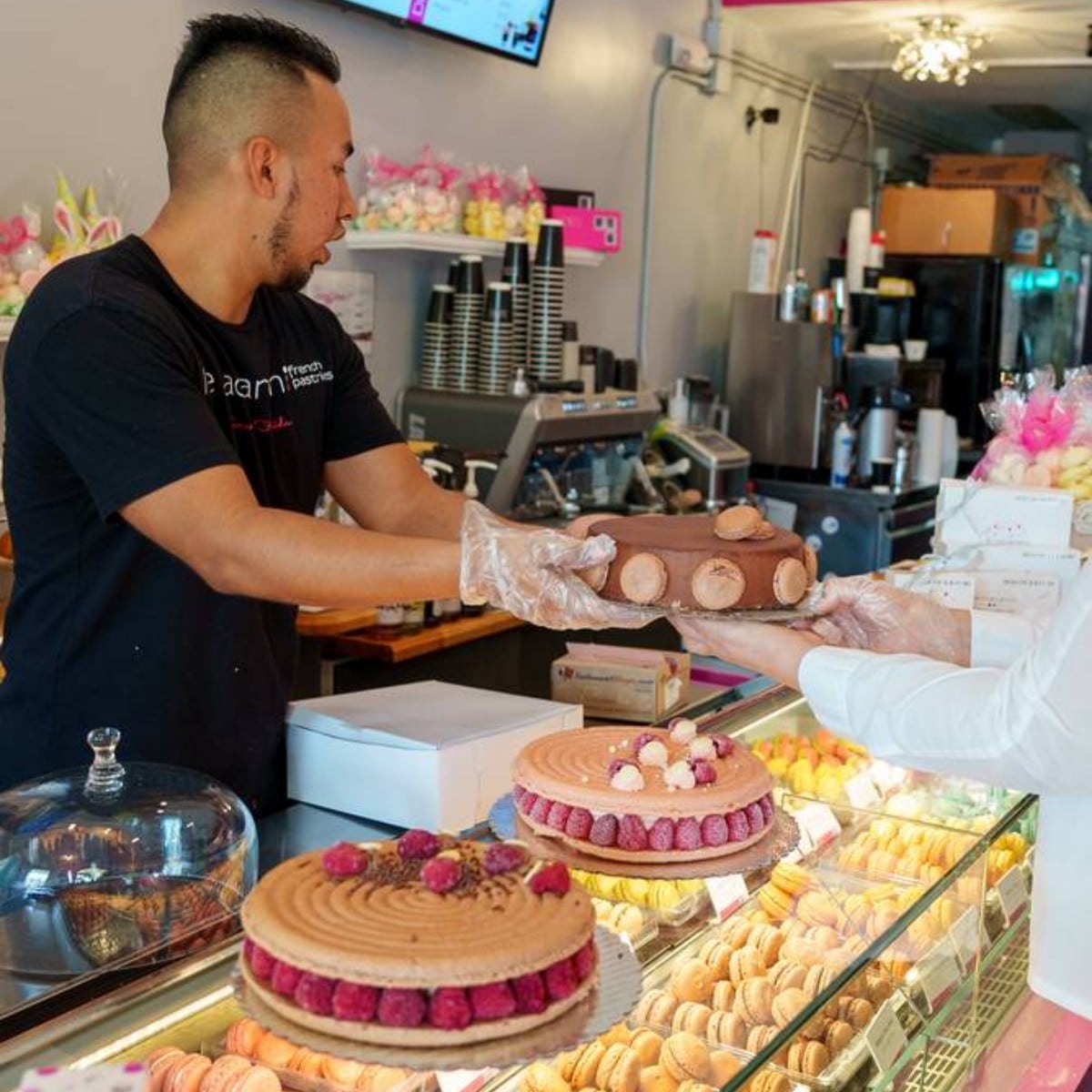The macarons we know and enjoy today have a storied past filled with kings, queens, and asylum seekers. From their humble beginnings and influence from multiple cultures, macarons have survived the war, crossed oceans, and evolved into a familiar sweet treat that is as much craft as it is dessert. The modern macaron, or French macaron, is the result of centuries of tradition, adaptation, experimentation, and culinary skill and should never be confused with its cousin of a similar name, the macaroon. What is the history of the macaron, you ask? Keep reading to find out this delicious treat made its start and then spread throughout the world to become one of today’s most delicious treats.
Not-So-French Beginnings
According to some original accounts, the history of the macaron can be traced as far back as the 9th or 10th-century Arab world. Sweets and baked goods containing almond-based ingredients were introduced in Italy and Spain by Arab troops, who also introduced terminology such as “maccarruni” which referred to numerous ground grain products, including noodles and pastries. There were many variations on the root word referring to pasta and pastries, and the Italians adopted the word “maccarruni” which eventually became “macaron.”
Competing accounts have the origin history of the macaron going back to 8th-century Venetian monasteries, 8th-century French monasteries, or even as far back as the Arab empire of the Middle Ages.
An Encounter with Royalty and Revolution
While there is no real certainty as to where the macaron got its original start, it is generally agreed upon that the history of the macaron took a giant leap when, around 1533, Queen Catherine de Medici of Italy brought the delicacy with her (along with her pastry chefs) to France upon marrying King Henry II of France.
Over the next two centuries, the delicacy continued to be enjoyed in France, primarily by royalty and the elite. Then, in 1792, it is widely recognized that two Carmelite nuns named Marguerite and Marie-Elizabeth began baking and selling macarons as a means to support themselves while seeking asylum in Nancy, a small town in northeastern France, during the French Revolution. These two sisters were well-skilled in making pastries and became known as the “Macaron Sisters” or “Macrons de Nancy.” The macarons they made and sold to the commoners, however, were not the cream-filled sandwiches we know today, but rather were more like cookies that soared in popularity and were often called “priest’s bellybuttons.”
I’ll Have a Sandwich, Please!
Another monumental moment in the history of macarons in France came in the 1930s when the modern macaron began to take shape. During this time, macarons began to be served as a small “sandwich” that consisted of two macaron halves with a filling of ganache, jams, or jellies. Depending upon which historical record you find, the credit for creating these first macaron sandwiches either belongs to French chef Pierre Desfontaines or Parisian baker Claude Gerbet. Most accounts on the history of the macaron will give credit to Desfontaines.
Macarons Travel Across the Pond
As the number of Europeans traveling to America in the early 20th century increased, so did the popularity of macarons, and the recipe for authentic French macarons has changed very little. One change in the history of macaron in America was the growing popularity of coconut in the 1900s. Trendy new coconut recipes gave rise to the coconut macaroon, which is notably different from the French macaron.
Over the decades, the popularity of French macaron has increased with the huge variety of colors and flavorings of both cookies and fillings. In the United States, macarons are challenging cupcakes as a favorite treat, and French bakeries and pastry shops are becoming more prominent in major cities nationwide.
Regardless of which path you trace in the history of macarons, thankfully, they all led to the deliciously sweet treat that we know and love today. So, the next time you enjoy your favorite French macaron, be sure to thank all of the people, cultures, and events that played a part in the rich history of the macaron.
